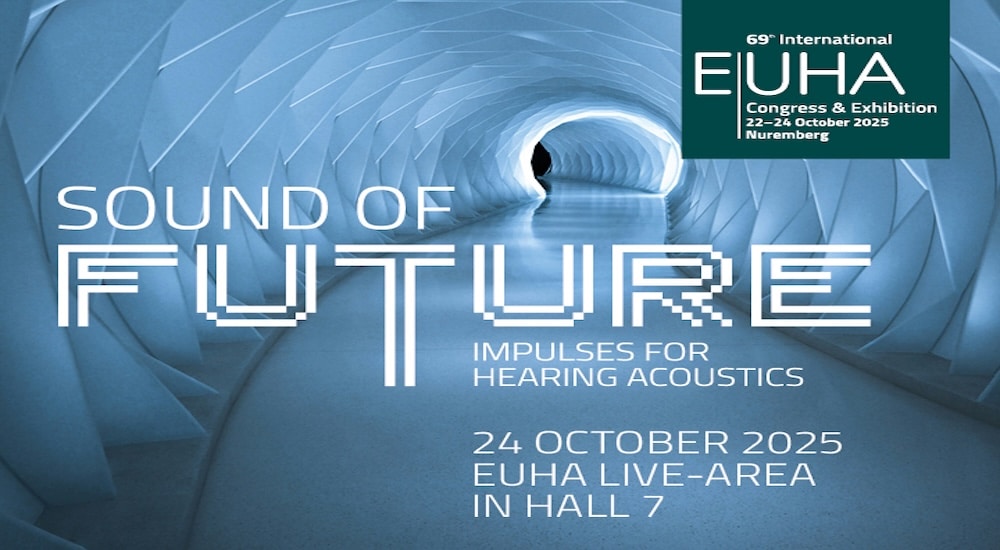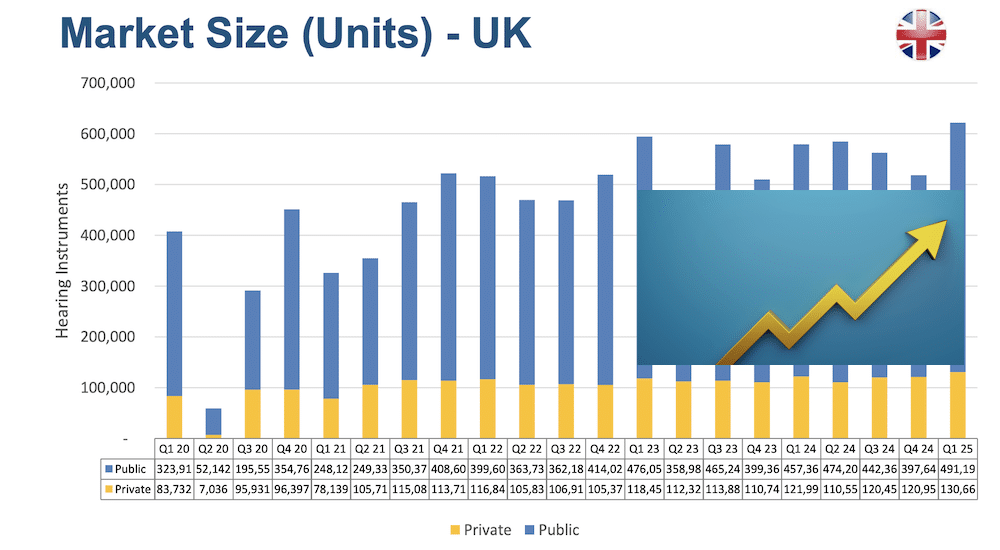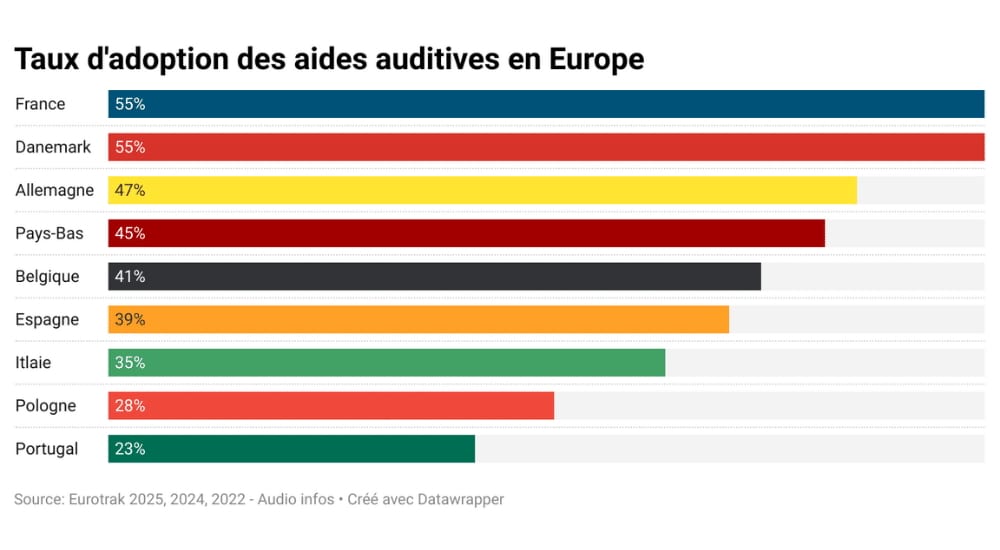Bluetooth Auracast - THE END OF THE INDUCTION LOOP?
The new audio standard is part of the Bluetooth Low Energy family, and it will be in 2.5 million public places by 2030.
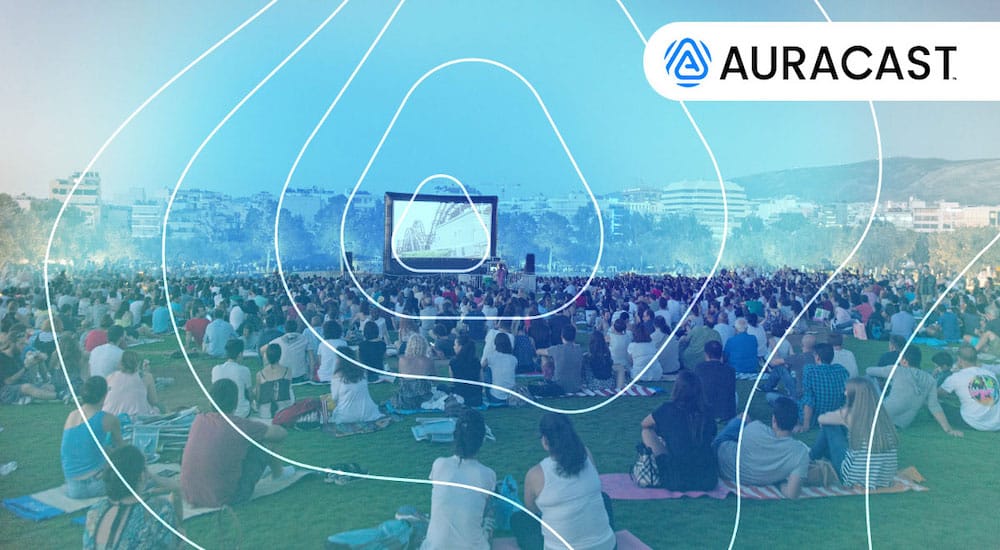
Bluetooth Auracast technology threatens to replace the magnetic induction loop in public spaces. But this very promising new technology will not be accessible to everyone for several years. Nonetheless, GN now offers an Auracast hearing aid, as well as a TV accessory.
Auracast is a new Bluetooth standard that has many benefits, including for people who are hard of hearing.
Unlike the original Bluetooth, whose ageing technology arrived in the marketplace in 1999, Auracast consumes very little energy in producing better sound quality. It also allows the broadcast of an audio source to an unlimited number of receivers, including hearing aids.
One device can be used universally to connect a large number of receivers: the connection and sharing protocol is the same, regardless of the brand of the device, whether it is a television, headphones, a PC, or a smartphone.
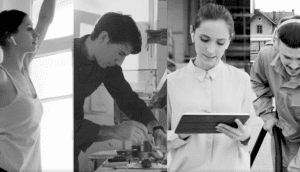
©Bluetooth/SIG
The Auracast version is part of the Bluetooth Low Energy family. It was presented in 2020 by the Bluetooth SIG (Special Interest Group) consortium which oversees the development of Bluetooth standards around the world.
“Currently, few manufacturers offer Auracast technology natively. Only certain phones are currently marketed with this standard, such as the Samsung S23 and the Xiaomi T13, or the Galaxy Buds2 Pro headphones and Samsung Smart TVs,” explains Nicolas Nerguararian, of GN Hearing’s training staff.
However, during the recent January 2024 Consumer Electronic Show (CES) in Las Vegas, Auracast was everywhere. The aisles at this major annual gathering of consumer electronics were full of accessories compatible with this technology.
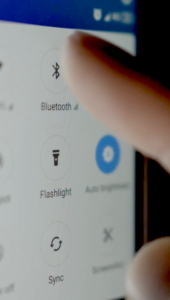
©Bluetooth/SIG
Simpler, less expensive to install
In the hearing world, to date, only GN Hearing’s ReSound Nexia devices, released in October 2023, are natively compatible with Auracast. The manufacturer also offers a streaming box (TV Streamer+) to send sound from televisions to devices.
In places open to the public, Auracast will considerably change the situation. A box with this standard could gradually replace magnetic induction loops, because its functionality is simpler, easier to install and more efficient. Loops, which allow the hearing impaired to hear announcements in public places, have also been gradually abandoned in recent years, even where laws oblige their use, because they require the manufacture of larger hearing aids. Loops are also more expensive to install, because they require the installation of coils throughout the room. Auracast, however, requires a transmitter box.
An ABI Research study, cited by GN Hearing, forecasts the annual production of 3 billion Auracast electronic systems by 2027. According to this study, 2.5 million public places are expected to offer this technology by 2030.1
Other hearing aid brands are getting ready
Other hearing aid brands do not yet offer devices natively compatible with Auracast.
The General Director of Starkey France, Fabrice Vigneron, told our sister publication that his brand will soon offer Auracast functionality for its hearing aids, but he did not surrender a precise date.
He nevertheless sees Auracast as relevant. “It will ultimately replace the induction coil, because, in noisy environments such as train stations, it allows for access to much better quality streaming, which is very useful for the hearing impaired,” said Vigneron.
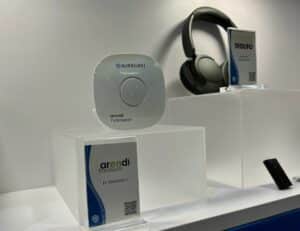
©DR
Yet this spokesperson for Starkey France claims there would be no urgency to offer Auracast devices straight away, because the technology is still in its infancy: “It will still take a few months, or even ten months, before manufacturers begin to offer this solution more widely in their devices.”
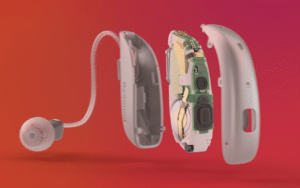
As a result, Fabrice Vigneron does not foresee widespread use of Auracast before 2027.
In respect of spaces open to the public, Vigneron believes the horizon to be even more distant, because it will depend on investments and, above all, on the application of new regulations.
1. https://www.bluetooth.com/blog/new-audio-streaming-market-forecasts/
